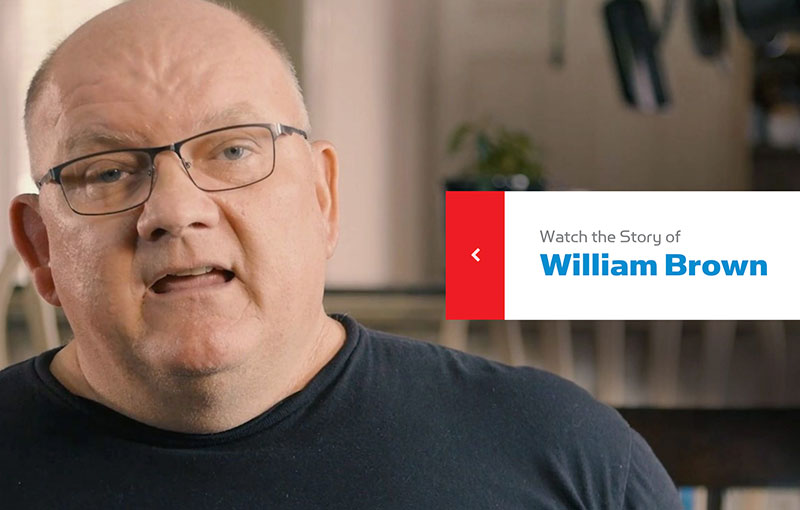Living with Chronic Obstructive Pulmonary Disease (COPD)

Living with Chronic Obstructive Pulmonary Disease (COPD) can be difficult. It may require you to make serious changes to your lifestyle and your daily routine. There are many symptoms, risk factors, and possible complications when living with chronic obstructive pulmonary disease. Keep reading to find out more about what COPD is.
What Is COPD?
COPD is a chronic inflammatory lung disease that can obstruct airflow in and out of the lungs. This condition is closely associated with other lung conditions such as emphysema and chronic bronchitis.
Symptoms of COPD
There are many possible symptoms of COPD including:
- shortness of breath
- wheezing
- chronic cough
- chest tightness
- lack of energy
- swelling in lower extremities
- loss of appetite
Most symptoms of chronic obstructive pulmonary disease don’t appear until significant lung damage has already occurred. However, they tend to progress and get worse over time, especially if exposure to smoke or other irritants continues.
Although COPD is a progressive disease that gets worse over time, it is in fact treatable. With proper treatment and management, most people can achieve satisfactory symptom control, improved quality of life, and decreased risk of associated complications.
Risk Factors
COPD is most often caused by long-term exposure to irritating gases or other irritants like smoke. In developed countries, COPD typically occurs due to the inhalation of cigarette smoke over many years. In developing countries, COPD tends to occur due to exposure to fumes from heating, cooking, and fuel consumption inside unventilated homes. The best thing you can do to avoid COPD is to keep your lungs free from all irritants.
Complications
Chronic Obstructive Pulmonary Disease can lead to a series of other health complications. People with COPD tend to be at a higher risk for chest infections such as colds, the flu, and pneumonia. Additionally, people living with COPD are at higher risk for heart problems such as heart disease and heart attacks. COPD may also increase blood pressure and your chance of getting lung cancer.
Because of its symptoms and possible complications, COPD has also been known to induce psychological problems like depression and anxiety. COPD can also make it more difficult to take care of yourself and others. Those suffering from COPD may find that their inability to breathe and their lack of energy restricts their endurance and mobility.
When to Go to the Emergency Room
There may be times when your COPD symptoms may require you to visit the emergency room. Make sure to seek immediate medical attention if you can’t catch your breath, if you have a rapid heartbeat, if you have trouble concentrating, or if you experience severe blueness on the tips of your fingers and fingernails.
Looking for a Corpus Christi, TX emergency room? Contact Physicians Premier today.
Sources:
“COPD,” Mayo Clinic, https://www.mayoclinic.org/diseases-conditions/copd/symptoms-causes/syc-20353679
“Symptoms Chronic obstructive pulmonary disease (COPD),” NHS, https://www.nhs.uk/conditions/chronic-obstructive-pulmonary-disease-copd/symptoms/
“COPD Causes and Risk Factors,” American Lung Association, https://www.lung.org/lung-health-diseases/lung-disease-lookup/copd/what-causes-copd


